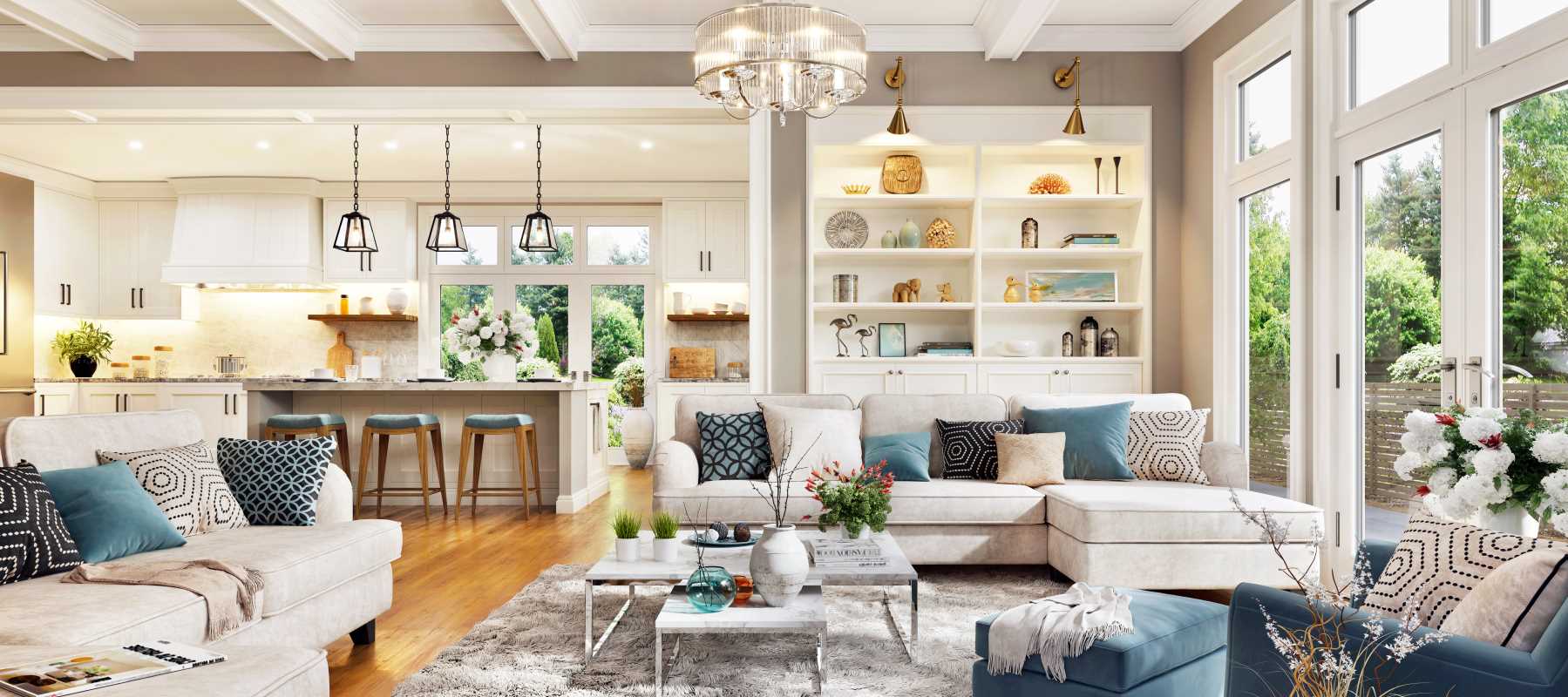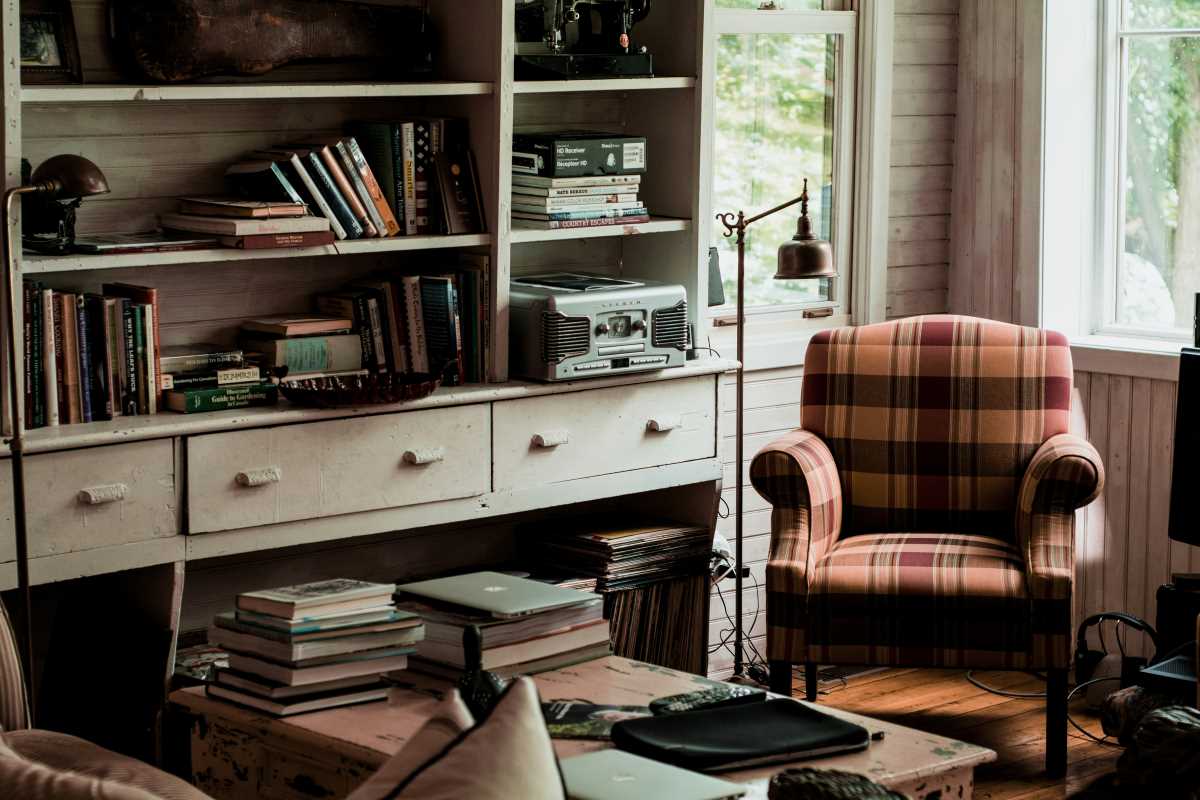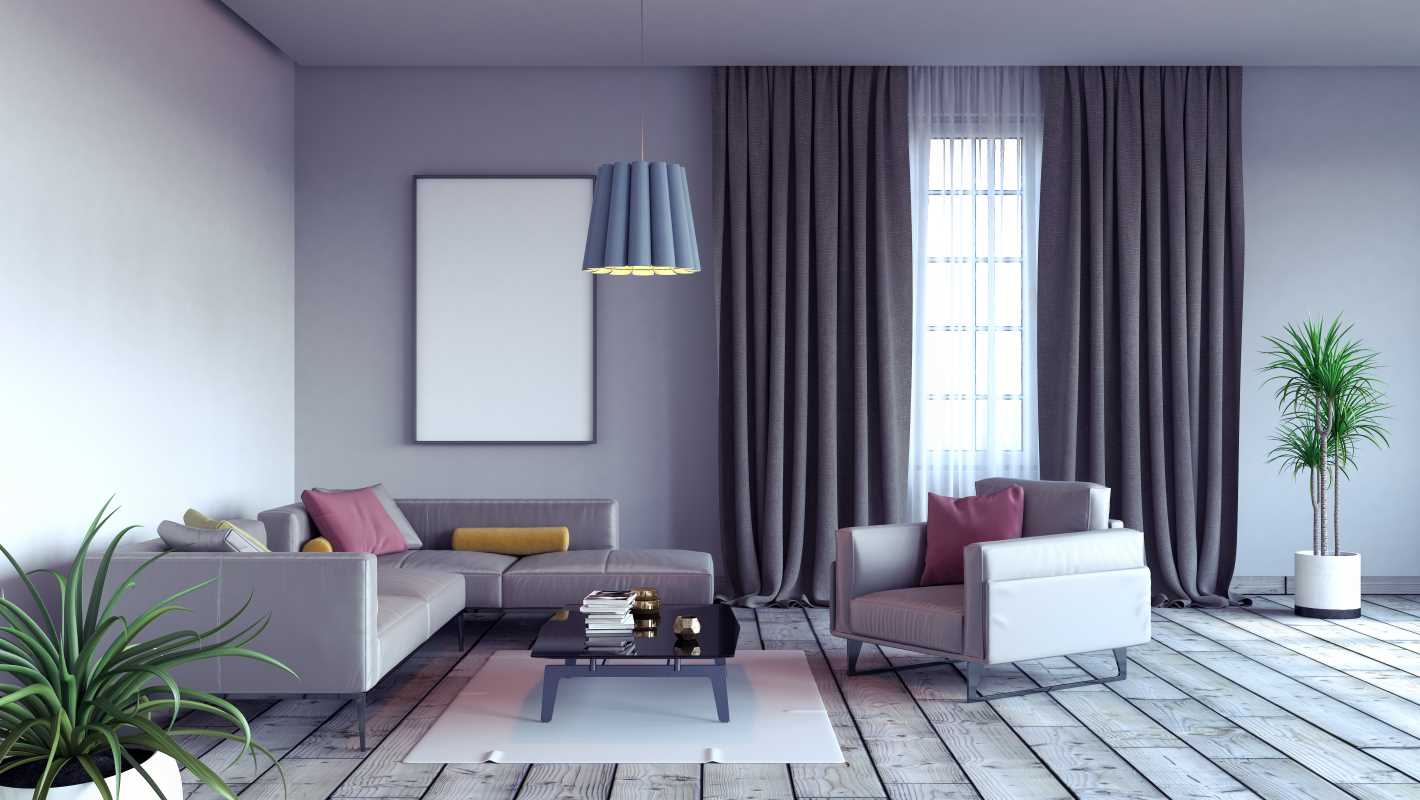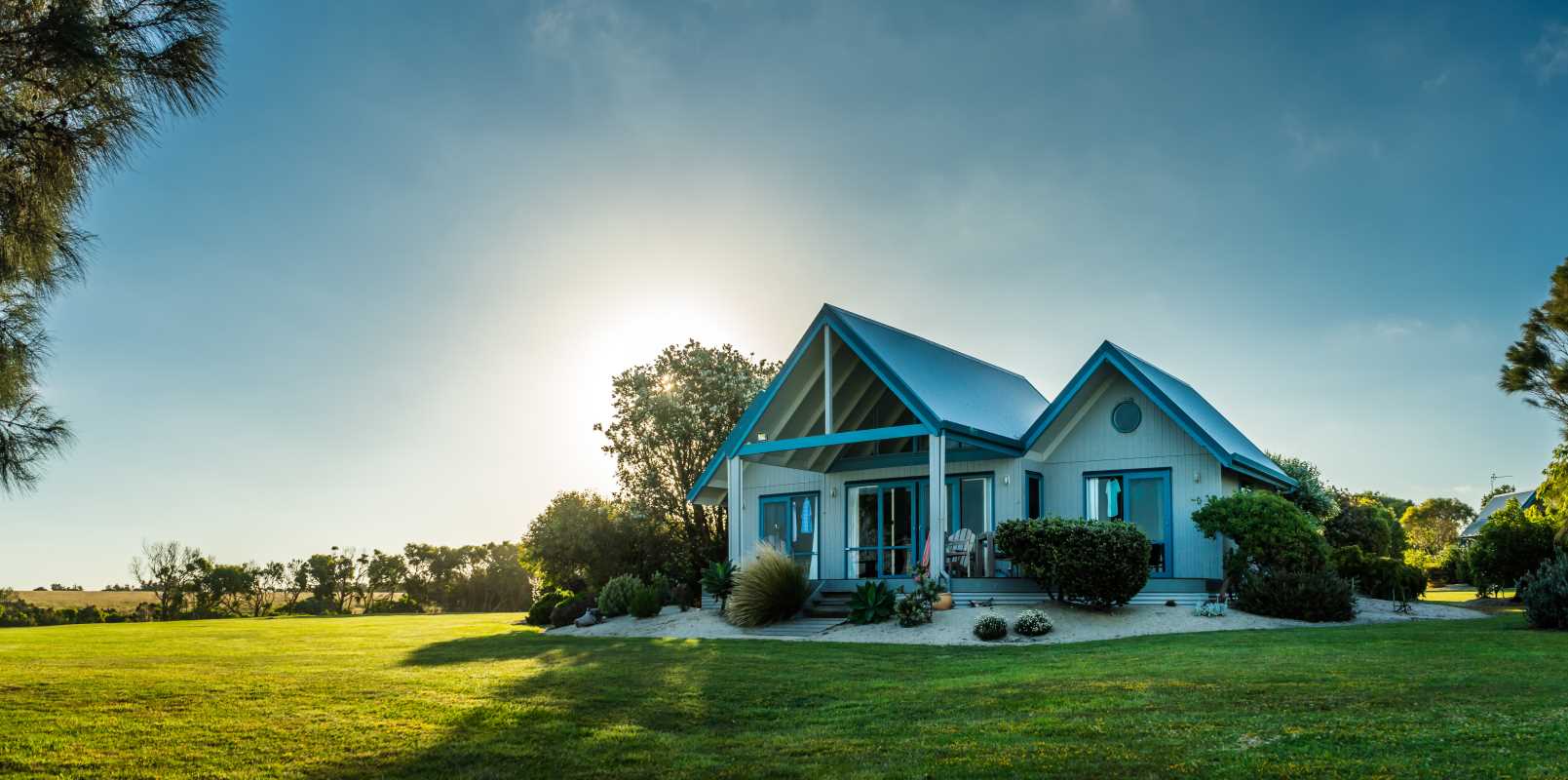A well-lit home can transform the ambiance of any room. Lighting is not just functional; it sets the mood and enhances the overall aesthetics of your space. Whether you're looking to brighten up a cozy corner or revamp your entire home's lighting scheme, there are plenty of illuminating tips and best practices to consider. Let's shed some light on how you can make the most out of your home lighting.
When it comes to home lighting, natural light is always the best source. Not only does it create a warm and inviting atmosphere, but it also helps reduce energy costs. Make the most out of natural light by keeping your windows clean and opting for light-filtering curtains or blinds. Positioning mirrors strategically opposite windows can also help reflect natural light and brighten up your space even more.
Layering your lighting is key to creating a well-lit and visually appealing room. Different types of lighting serve different purposes, so it's essential to incorporate a mix of ambient, task, and accent lighting. Ambient lighting provides overall illumination, while task lighting focuses on specific areas for activities like reading or cooking. Accent lighting, on the other hand, highlights architectural features or artwork. By combining these three types of lighting, you can create depth and dimension in your space.
Choosing the right light fixtures can make a significant difference in your home's lighting design. Opt for fixtures that complement your decor style while also serving their intended purpose. From chandeliers and pendant lights to wall sconces and floor lamps, there are endless options to enhance your home's ambiance. Consider the size of the room, the height of the ceilings, and the function of the space when selecting fixtures to ensure they provide adequate light without overwhelming the room.
Another essential aspect of home lighting is color temperature. Different light bulbs emit different color temperatures that can affect the look and feel of a room. Warm white light (around 2700-3000 Kelvin) creates a cozy and inviting atmosphere, perfect for living rooms and bedrooms. Cool white light (around 3500-4100 Kelvin) is ideal for task-oriented spaces like kitchens and home offices. Daylight white light (around 5000-6500 Kelvin) mimics natural daylight and is great for areas where clarity and focus are essential.
Don't forget to incorporate dimmer switches into your lighting design. Dimmers allow you to adjust the brightness of your lights to suit different activities or moods. Whether you're hosting a dinner party or relaxing with a movie night, dimmable lighting gives you the flexibility to create the perfect ambiance. Dimmers also help save energy and extend the lifespan of your light bulbs.
Last but not least, consider the placement of your light sources to ensure even illumination throughout your home. Avoid harsh shadows or dark corners by strategically placing lights around the room. Wall-mounted fixtures, recessed lighting, and under-cabinet lights can help fill in any areas that may be lacking in light. By distributing light sources effectively, you can create a well-balanced and visually appealing lighting scheme in every room of your home.
In conclusion, by following these illuminating tips and best practices for home lighting, you can enhance the beauty and functionality of your living space. From maximizing natural light to layering different types of lighting and selecting the right fixtures and color temperatures, a well-thought-out lighting design can truly illuminate your home. Experiment with different techniques and configurations to find what works best for your space and enjoy the transformative power of great lighting.
 (Image via
(Image via





